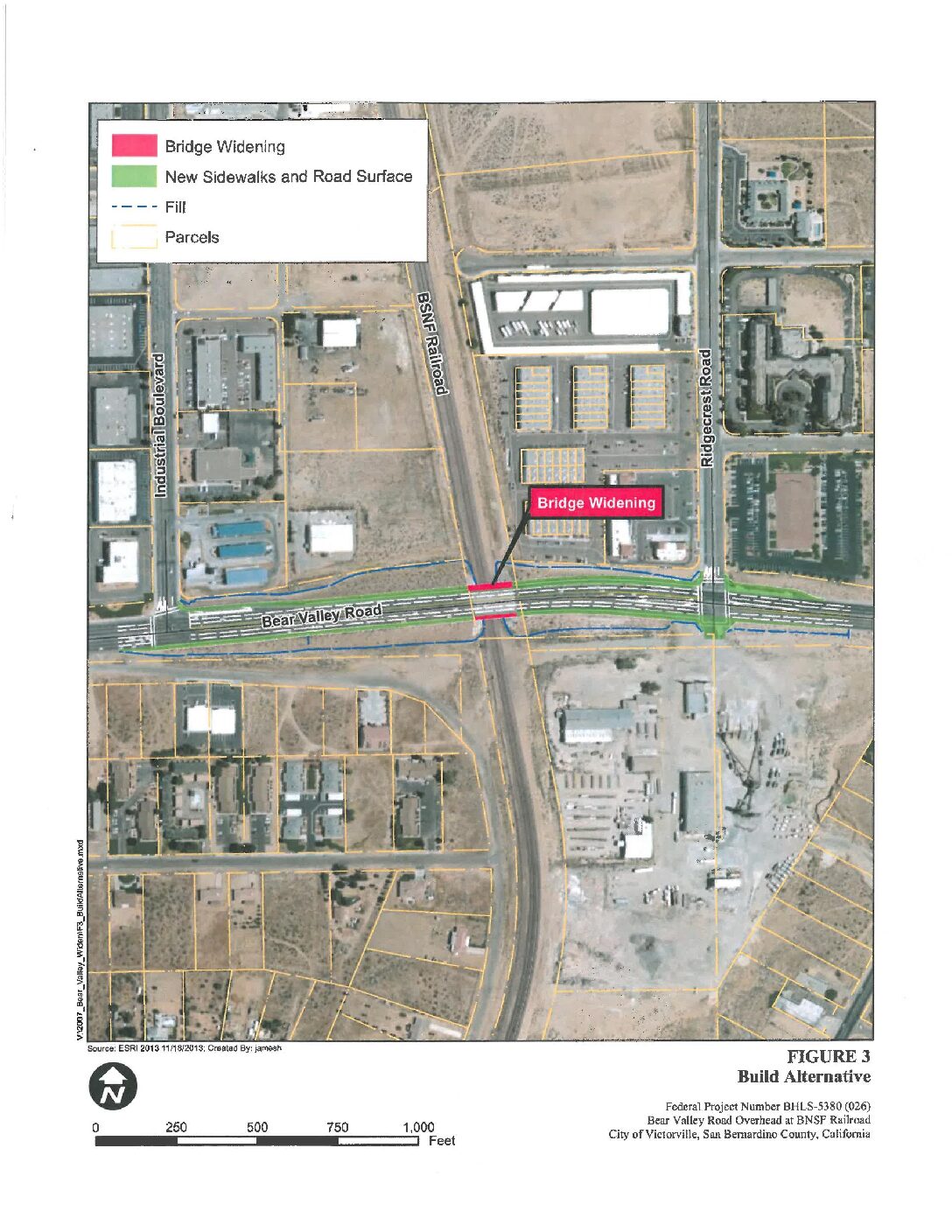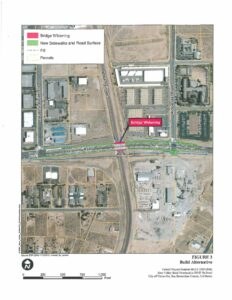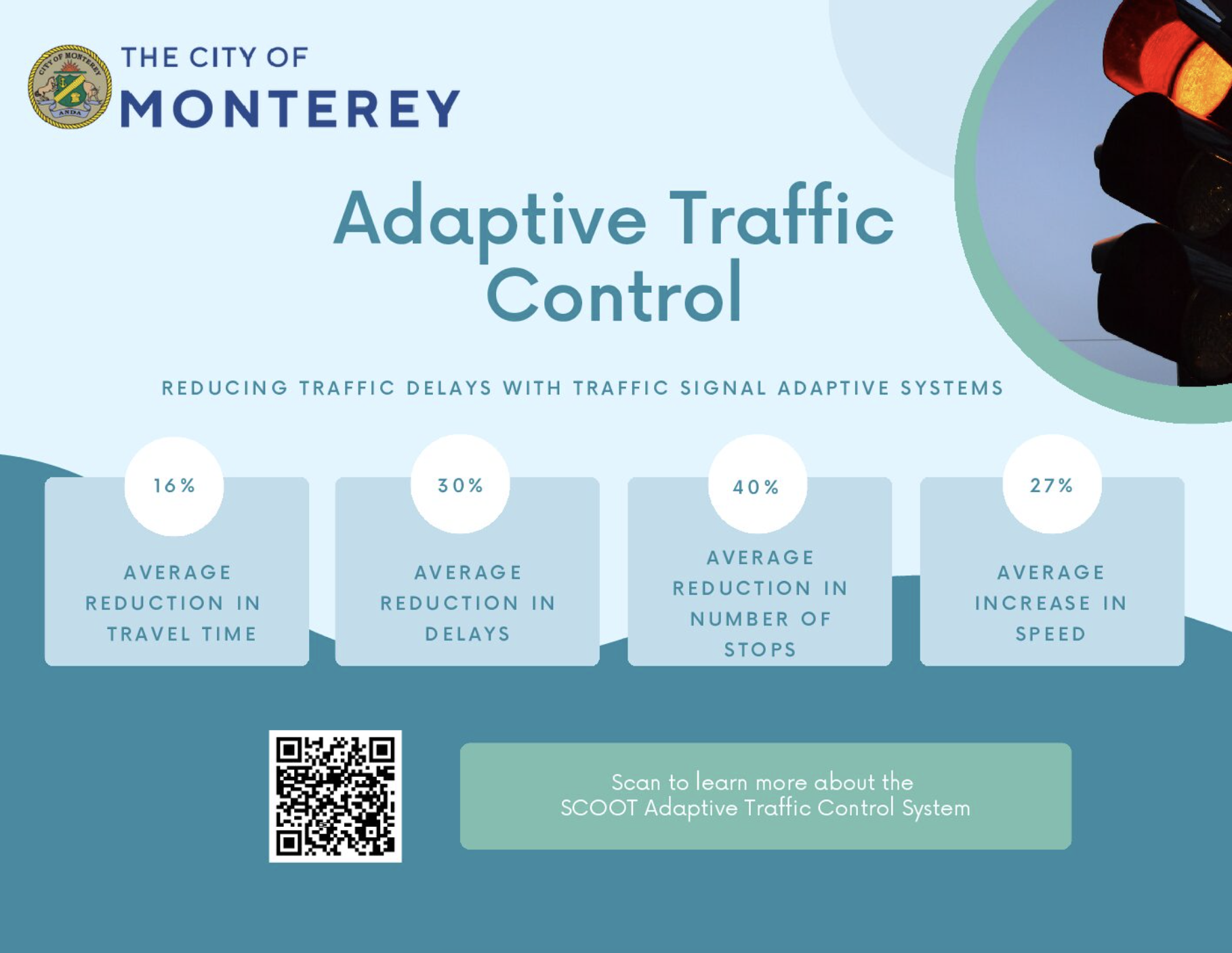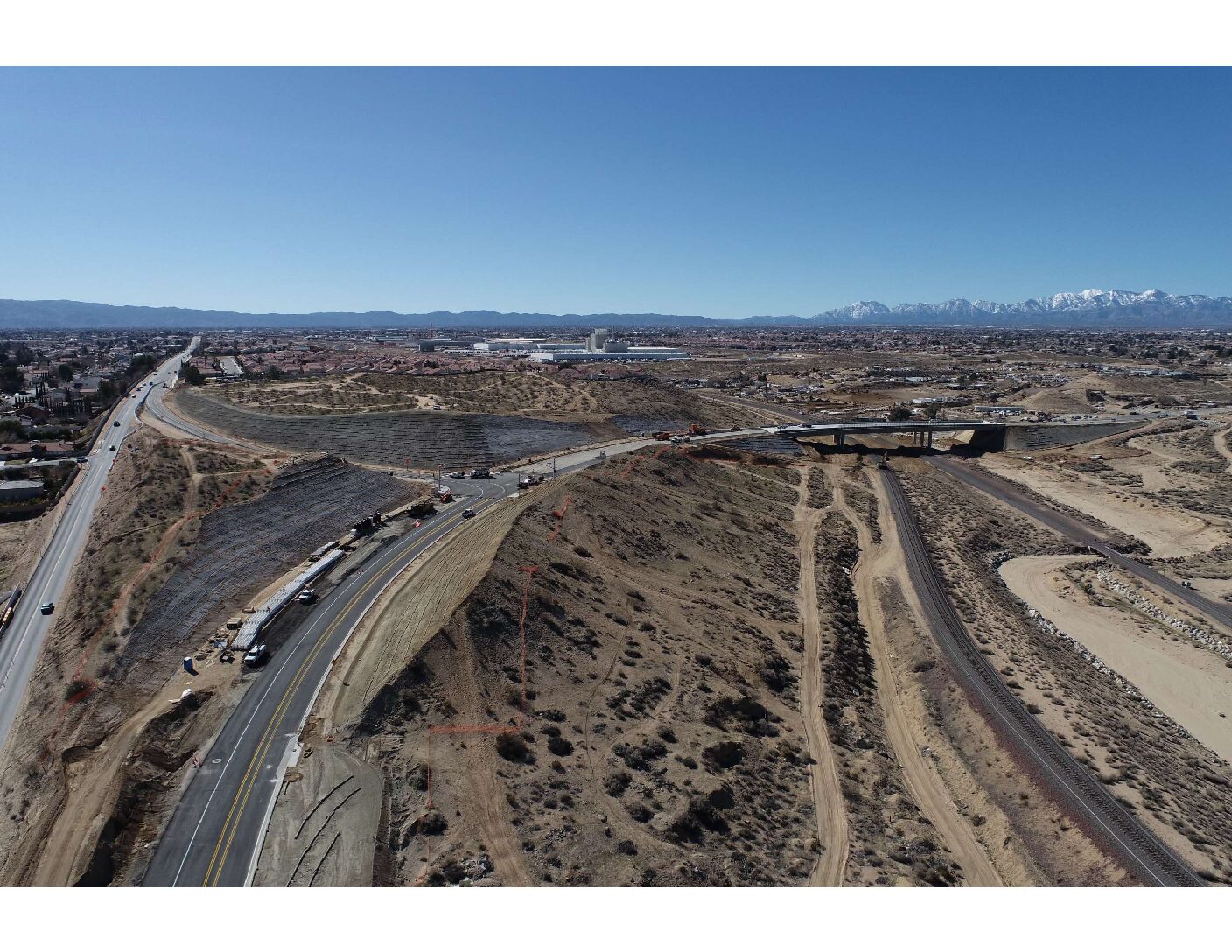Bear Valley Road Overhead at BNSF Widening Project
Location
Bear Valley Road and Ridgecrest Road
City or County Responsible for Project
City of Victorville
Category
Bridge: Efficient and Sustainable Bridge Maintenance, Construction and Reconstruction Projects
Description
Residents in the communities of the High Desert including the City of Victorville, Town of Apple Valley and unincorporated County of San Bernardino rely upon Interstate 15 through the Cajon Pass to access other Southern California cities for work, business, shopping or play. The Burlington Northern Santa Fe Railroad (BNSF) cuts across the City of Victorville, allowing limited access over the busiest railroad line in the western United States. Victorville residents east of the tracks along with all the residents of the Town of Apple Valley and County of San Bernardino were limited to two crossing points, Bear Valley Road and Highway 18 to reach Interstate 15 or businesses in Victorville when the project was proposed for improvement.
These two crossings, approximately two miles apart located at the north and south ends of Victorville created choke points for traffic, resulting in severe congestion for both roads and a poor level of service. Frequent accidents tended to restrict access further, prohibiting residents from crossing the tracks at one location. An average 45-minute detour to utilize the other crossing would result. The short distance between the signalized intersections of Industrial Boulevard and Ridgecrest Road bisected by a narrow bridge prohibited a storage capacity increase for the single eastbound left turn pocket movement at Ridgecrest Road. In heavy traffic, the exceeded storage capacity of the left turn pocket overflowed into the eastbound #1 lane, blocking through traffic and increased congestion on a daily basis.
Bicyclists and pedestrians had limited access across the bridge. The vehicles lane widths were narrow, 11-feet, providing no room for passing bicyclists that attempted to cross over the bridge and only one narrow sidewalk on the north side of the structure. Improving the level of service for vehicular traffic by adding storage capacity to the left turn movement along with bicycle and pedestrian access across the bridge at this overhead crossing was the main goal of this project.
The Bear Valley Road Overhead Bridge at BNSF Railroad Project (“Project”) widened, retrofitted, and rehabilitated the existing bridge. City funds in combination with State and Federal grants provided $14.4 million to fund all phases of the project. Dokken Engineering provided preliminary/final design, right of way, environmental services and construction support. Parsons Transportation Group managed the construction of the improvements performed by Riverside Construction Company. The project was completed in November 2023.
Generally, the project widened the existing precast concrete girder bridge to provide the following improvements: six vehicle lanes with standard 12-foot lane widths, two 6-foot-wide sidewalks, two 8-foot-wide shoulders, and one 12-foot wide median. Structurally, the existing bridge was seismically retrofitted, and crash walls were provided in the event of a derailment. Additional improvements included widening the intersection approaches granting the addition of right turn pockets at Industrial Boulevard and Ridgecrest Road and a second left turn lane from Bear Valley Road to Ridgecrest Road. The traffic signals at both intersections were completely replaced to accommodate the intersection widening.
In addition to requiring eight temporary construction easements, the project demanded slope and footing easements as well as construction permits from BNSF which restricted all work within BNSF’s right of way to three quarters within the year. The expansion of the bridge included the extension of the existing spread footings for two abutments and two bents on each side of the structure. Precast girders were placed on the bent caps followed by a cast in place concrete deck. Barrier walls, picket railing and sidewalks were constructed on the new decks. Imported fill widened the approach embankments, allowing for the additional road width, and added turn pockets for the signalized intersections at each end. The project was constructed in three stages. Two stages were required to widen the bridge, one for each side, allowing all lanes of traffic to remain open across the structure throughout the entire project. The final stage included final pavement rehabilitation efforts, signing and striping and completion of the traffic signal work.
Preliminary results suggest the additional storage capacity of the road between the intersections with the added turn pockets have improved the level of service for vehicular traffic.
Project submitted by
Fredy Bonilla
City Engineer
City of Victorville
14343 Civic Drive, Victorville, CA 92392
fbonilla@victorvilleca.gov
7609555170




